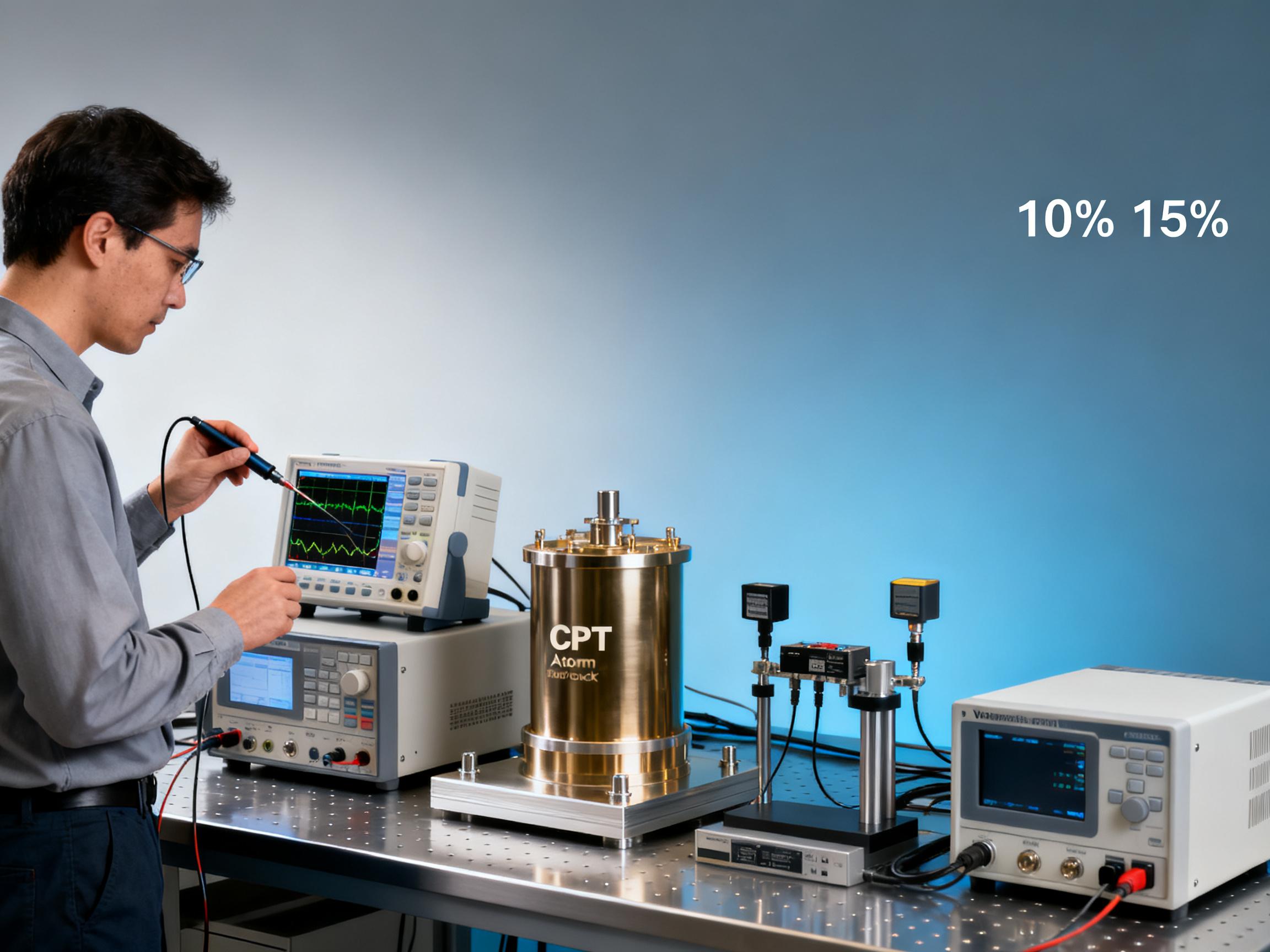RELATED
![How CPT Atomic Clocks Reduce OPEX in 5G Base Stations [Real Data] How CPT Atomic Clocks Reduce OPEX in 5G Base Stations [Real Data]](https://usimg.bjyyb.net/grey.png?x-oss-process=image/resize,m_fixed,w_800,h_600,limit_0) How CPT Atomic Clocks Reduce OPEX in 5G Base Stations [Real Data]2025-12-11
How CPT Atomic Clocks Reduce OPEX in 5G Base Stations [Real Data]2025-12-11 2024 CPT Atomic Clock vs Rubidium: Which Offers Better Stability for Telecom Networks?2025-12-08
2024 CPT Atomic Clock vs Rubidium: Which Offers Better Stability for Telecom Networks?2025-12-08 Live Demo Results: CPT Atomic Clock Performance Under Harsh Environmental Tests (Data Inside)2025-12-05
Live Demo Results: CPT Atomic Clock Performance Under Harsh Environmental Tests (Data Inside)2025-12-05 Budgeting for Precision: Total Cost of Ownership for a Rubidium Atomic Clock Over 5 Years2025-12-03
Budgeting for Precision: Total Cost of Ownership for a Rubidium Atomic Clock Over 5 Years2025-12-03
MESSAGE
Scientists will build the most precise clock in the universe.
A revolutionary breakthrough in timekeeping may be on the horizon as scientists explore the thorium-229 nuclear optical clock, and this innovation could surpass today's atomic clocks.
By manipulating nuclear quantum states with lasers, researchers are pushing the boundaries of the precision and stability of time measurement. Although this journey has spanned several decades and major technical hurdles still remain, recent experimental milestones have brought this futuristic clock closer to reality. If successful, it will reshape our understanding of time and the universe itself.
Challenging the Limits of Time
In a perspective article recently published in the National Science Review, Dr. Tong Xin from the Innovation Academy for Precision Measurement Science and Technology of the Chinese Academy of Sciences and his colleagues explored the exciting potential and significant challenges of developing a nuclear optical clock based on thorium-229 (229Th).
Time and frequency are physical quantities that can be measured with the highest precision in physics. Today, atomic clocks, especially atomic optical clocks, set the standard for precision. But the thorium-229 nuclear optical clock could further enhance that precision.
The Quantum Edge of Nuclear Clocks
What makes thorium-229 extraordinary is that it is the only known nuclide whose nuclear energy level is low enough to be accessible by lasers. This enables scientists to directly manipulate nuclear quantum states. Since the atomic nucleus is much smaller than the atom, it is much less affected by external influences. Its quantum states are also well separated, and the surrounding electrons help protect it from electromagnetic interference. These characteristics make the thorium-229 nuclear optical clock a promising candidate for achieving unprecedented timekeeping precision.
This research began half a century ago. Scientists first identified the low-lying excited nuclear state of 229Th, laying the foundation for further studies. Since then, important milestones have emerged. In 2024, the direct laser excitation of the 229Th nuclear transition was achieved. Different research teams from the Vienna University of Technology (TU), the University of California, Los Angeles (UCLA), and the Joint Institute for Laboratory Astrophysics (JILA) conducted experiments using various materials such as doped crystals and thin films. These experiments have gradually improved the understanding and measurement capabilities of nuclear transitions.
Ongoing Challenges in the Development of Nuclear Clocks
Despite these remarkable achievements, many challenges remain. Nuclear transitions in solid-state environments are highly sensitive to temperature-related changes. The scarcity of the 229Th isotope, the difficulty in developing specific high-power, narrow-linewidth lasers, the incomplete understanding of the interaction mechanisms, and the lack of closed-loop operation are all major obstacles.
However, it is crucial to overcome these challenges. The successful realization of the thorium nuclear clock will revolutionize timekeeping and open up new frontiers for fundamental physics research. It could lead to a paradigm shift in optical clock systems, from relying on electronic transitions to relying on nuclear transitions, and provide a deeper understanding of the fundamental laws of the universe.
CONTACT US
Please use the form below to get in touch.
If you need a reply we will get in touch as soon as possible.

![How CPT Atomic Clocks Reduce OPEX in 5G Base Stations [Real Data] How CPT Atomic Clocks Reduce OPEX in 5G Base Stations [Real Data]](https://usimg.bjyyb.net/sites/91500/91958/1765179857856560163985903616.jpeg)



